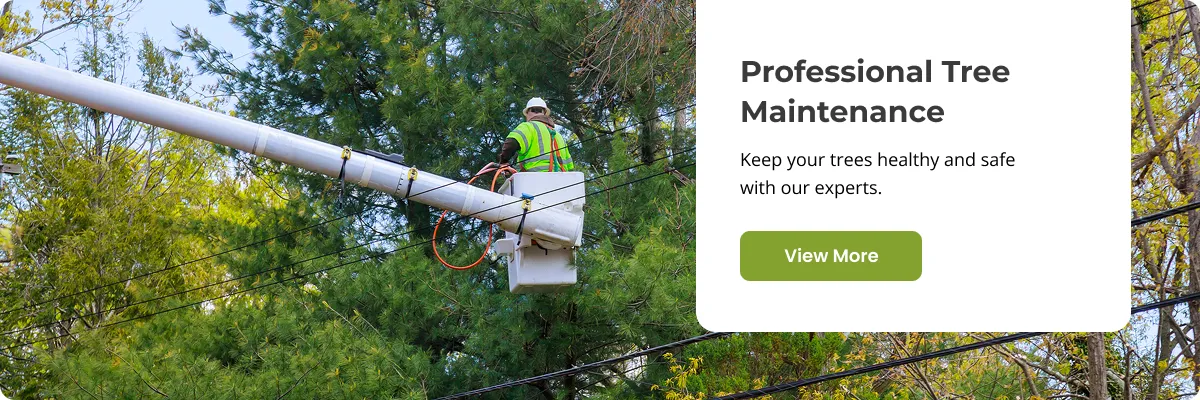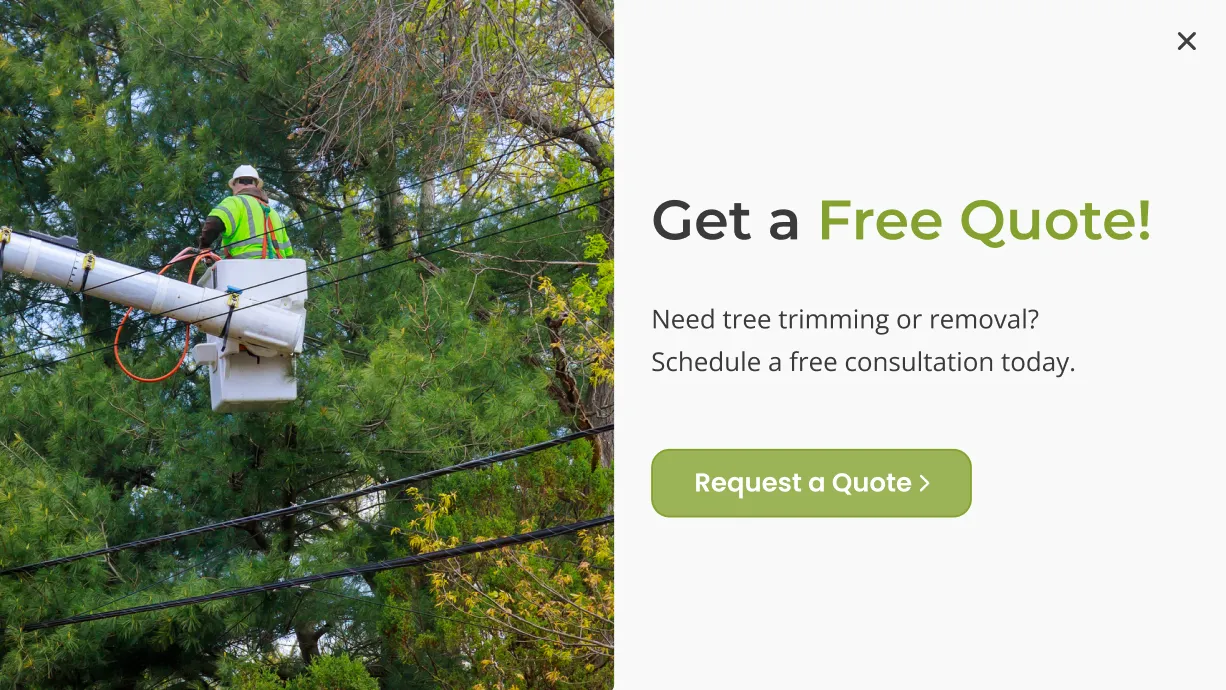Trees bring beauty and shade to our neighborhoods, but when branches get too close to power lines, they can become a serious safety hazard. Whether it’s a neighbor’s tree growing in your yard, or a dead limb hovering above a power cable, knowing who is responsible for tree trimming near power lines is essential—both for safety and legal clarity.
In this guide, we’ll break down responsibilities, discuss utility easements, and explain what to do if a tree falls on a power line.
Who Is Responsible for Cutting Overhanging Tree Branches?
If your neighbor’s tree is overhanging your yard, the rules are generally simple:
You are allowed to trim branches that extend onto your property, as long as you don’t damage the tree or trespass.
However, you’re not allowed to cut beyond the property line or remove the entire tree without permission.
Laws may vary slightly by state. For example:
In Texas, you can cut branches on your side, but the neighbor still owns the tree.
In Florida, you’re also responsible for trimming overhanging limbs on your property.
In Illinois, the same principle applies—but be cautious with large or hazardous branches.
If you’re asking, who is responsible for cutting overhanging tree branches in Texas, Florida, or Illinois, the answer is: you, if the branches are on your side—but always check local codes for exceptions.
Neighbors Trees Growing in My Yard: Can I Throw Branches Back?
It might be tempting to toss a broken branch back into your neighbor’s yard, but don’t do it. That could be considered illegal dumping or trespassing in many places.
Instead:
Politely notify your neighbor if their tree is causing issues.
Document the problem with photos if necessary.
If things escalate, contact a local mediator or HOA.
If you’re dealing with a dead tree on the property line, both parties may share responsibility. In some cases, if a tree is clearly dying and one party ignores it, they may be liable for damages.
Tree Fell on Power Line — Who to Call?
If a tree fell on a power line, the situation is urgent. Here’s what to do:
Stay away from the area—live wires are extremely dangerous.
Call your utility company immediately. Most have emergency hotlines.
Do not attempt to remove the tree yourself, even if it’s small.
Notify local authorities if needed for traffic or public safety concerns.
Whether the tree branch fell on a power line to your house, or the tree is falling on power lines near the street, never assume it’s safe.
Who Is Responsible If a Tree Falls on Power Lines?
Responsibility often depends on location and ownership:
If the tree is on public land or a utility easement, the utility company is responsible.
If the tree is on your private property, and the fall was sudden and not due to negligence, you may not be held liable—but you’re responsible for cleanup on your side.
If a tree was clearly dead or dying, and you ignored warnings, you could be liable for any damage or outage caused.
This is why dead tree removal near power lines should be prioritized. In many cases, the utility company may assist or even require action.
Utility Easements: What You Need to Know
A utility easement gives public utilities the legal right to access certain portions of your property to maintain power lines, water pipes, or other infrastructure.
How Do I Find Utility Easements on My Property?
Check your property deed or survey.
Contact your local assessor’s office or title company.
Look for signs like above-ground poles or utility boxes.
If you’re wondering, is there a utility easement on my property?, this is the first step.
Can I Refuse a Utility Easement?
In most cases, no. Easements are recorded legal rights. You can’t block utility crews from accessing these areas, and planting trees inside an easement could lead to removal without compensation.
Utility Easement Restrictions
Property owners must:
Avoid building permanent structures in easement areas.
Avoid planting large trees or shrubs near power lines.
Allow access for maintenance or emergency services.
Define Utility Easement
In simple terms: a utility easement is a shared-use zone on private property that ensures critical services can be installed, maintained, or repaired.
Who Trims Trees Around Power Lines?
Utilities are typically responsible for trimming trees that:
Interfere with power distribution lines in the public right of way.
Pose safety threats to electrical systems.
Cross into utility easement zones.
If you see overhanging branches near a line, call your local utility provider. Do not attempt to trim trees near high-voltage lines on your own.
Tree Removal on the Property Line
If you and your neighbor share a property line tree, and it needs removal:
Both owners may share responsibility, including cost.
If the tree is dead or dangerous, removal may be required by local code.
You cannot remove it without consent, unless it poses an immediate threat.
Many people ask, who pays for tree removal on a property line? Often, it depends on mutual agreement and documentation of ownership.
Final Thoughts: Know Your Rights, Know the Risks
Trees are beautiful additions to any neighborhood—but when they get too close to power lines, they become a serious concern. Whether you’re dealing with neighbors’ trees growing into your yard, utility easement restrictions, or a tree branch on a power line, understanding your rights and responsibilities is essential.
When in doubt:
Contact your utility company about power line safety.
Talk to your neighbor before taking action.
Consult local ordinances to avoid legal issues.
A little awareness goes a long way toward staying safe—and keeping the peace with your neighbors.



